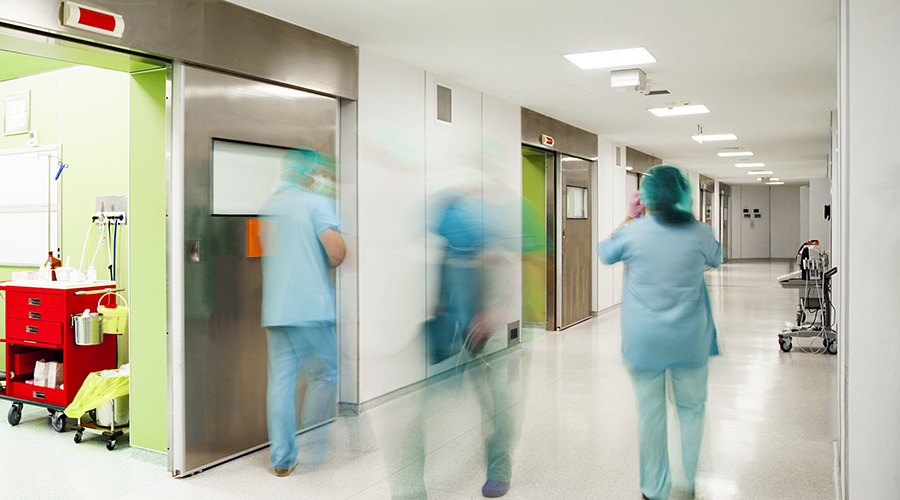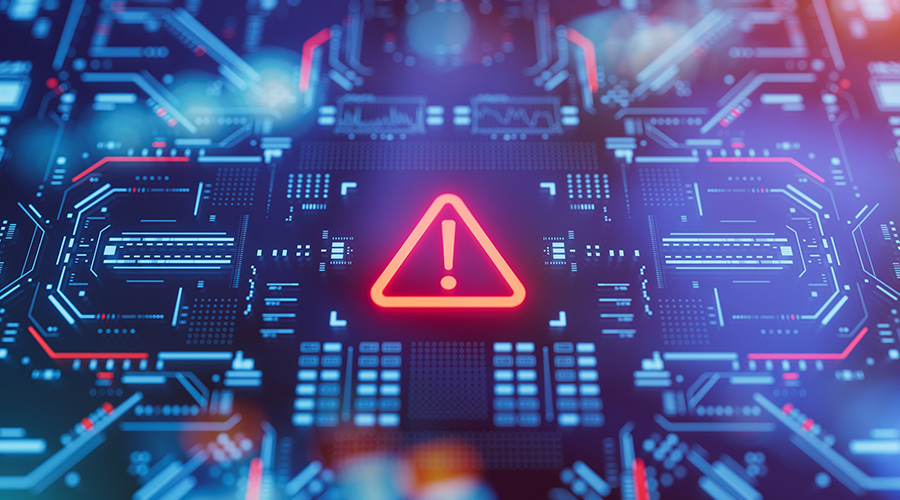The COVID-19 pandemic and other recent large disease outbreaks have highlighted the role healthcare facilities can play in the spread of infections. Environmental services have learned that daily cleaning is not enough and that even maintenance activities can impact infection control. These insights is helping managers minimize the true impact of healthcare-acquired infections (HAIs), which is substantial.
A new report from the World Health Organization (WHO) shows that when front-line and support workers in hospitals and other healthcare facilities perform the most basic infection control measures, such as good hand hygiene, 70 percent of infections can be prevented.
Today, out of every 100 patients in acute-care hospitals, seven patients in high-income countries and 15 patients in low- and middle-income countries will acquire at least one HAIs during their hospital stay. On average, one in every 10 affected patients will die from their HAI.
People in intensive care and newborns are particularly at risk, and the report reveals that approximately one in four hospital-treated sepsis cases and almost one-half of all cases of sepsis with organ dysfunction treated in adult intensive-care units are health care-associated.
Now WHO is previewing the first ever Global Report on Infection Prevention and Control, which brings together evidence from scientific literature and various reports, and new data from WHO studies. The report provides the first-ever global situation analysis of how infection prevention and control programs are being implemented. While highlighting the harm to patients and healthcare workers caused by HAIs and antimicrobial resistance, the report also addresses the impact and cost-effectiveness of infection prevention and control programs and the strategies and resources available to countries to improve them.
 Making the Energy Efficiency Case to the C-Suite
Making the Energy Efficiency Case to the C-Suite How to Avoid HAIs This Flu Season
How to Avoid HAIs This Flu Season Design Phase Set to Begin for Hospital Annex at SUNY Upstate Medical
Design Phase Set to Begin for Hospital Annex at SUNY Upstate Medical Building Hospital Resilience in an Era of Extreme Weather
Building Hospital Resilience in an Era of Extreme Weather Ennoble Care Falls Victim to Data Breach
Ennoble Care Falls Victim to Data Breach